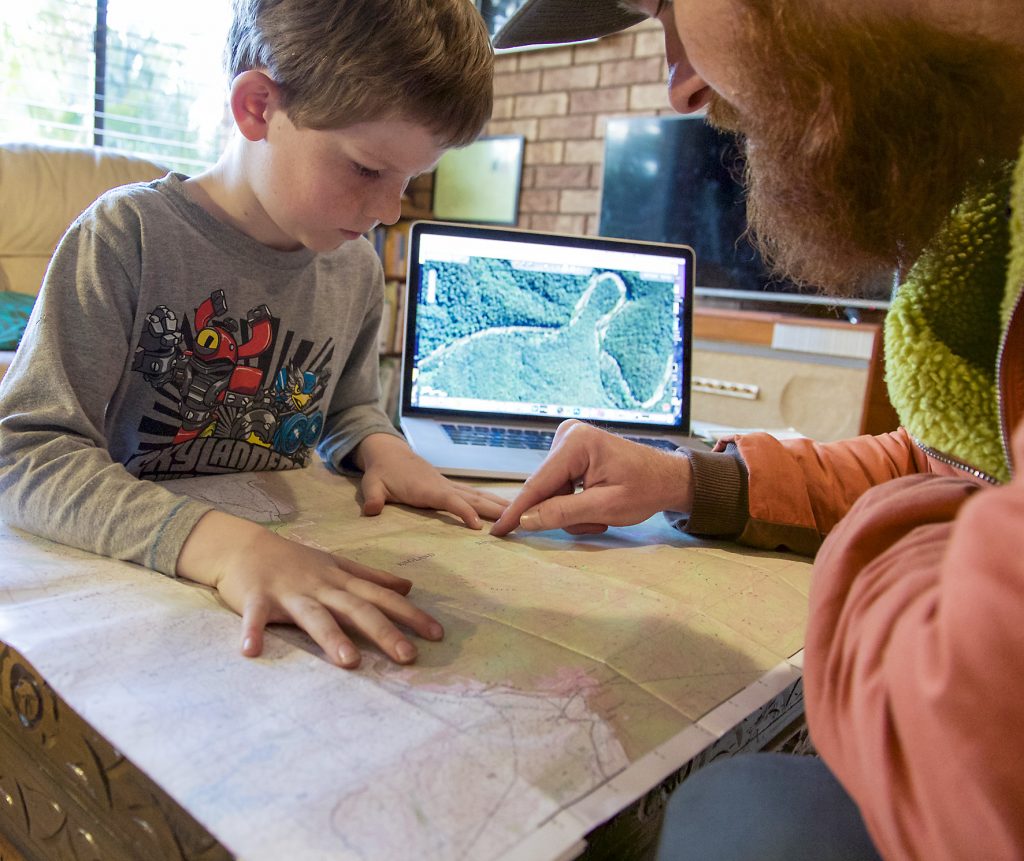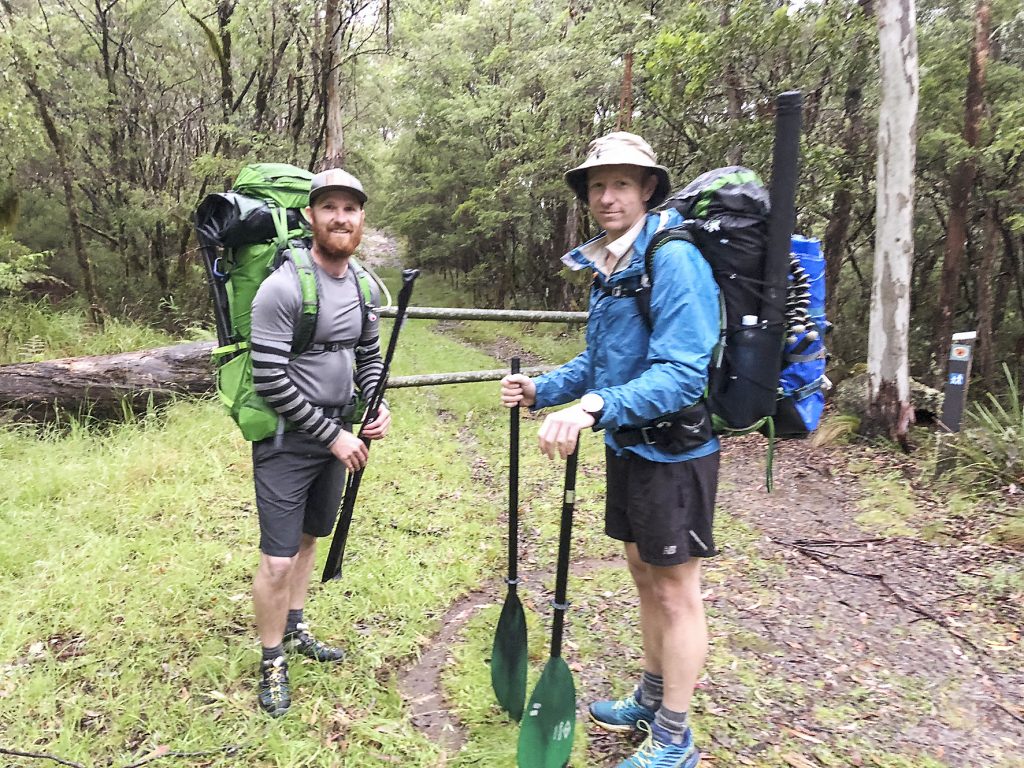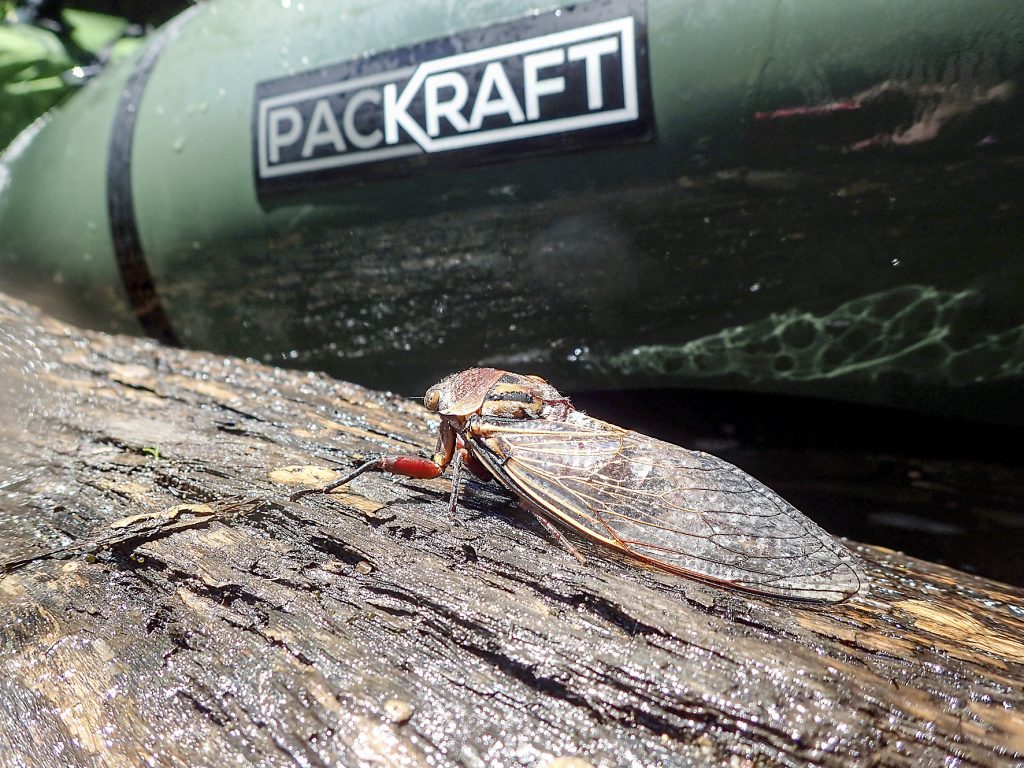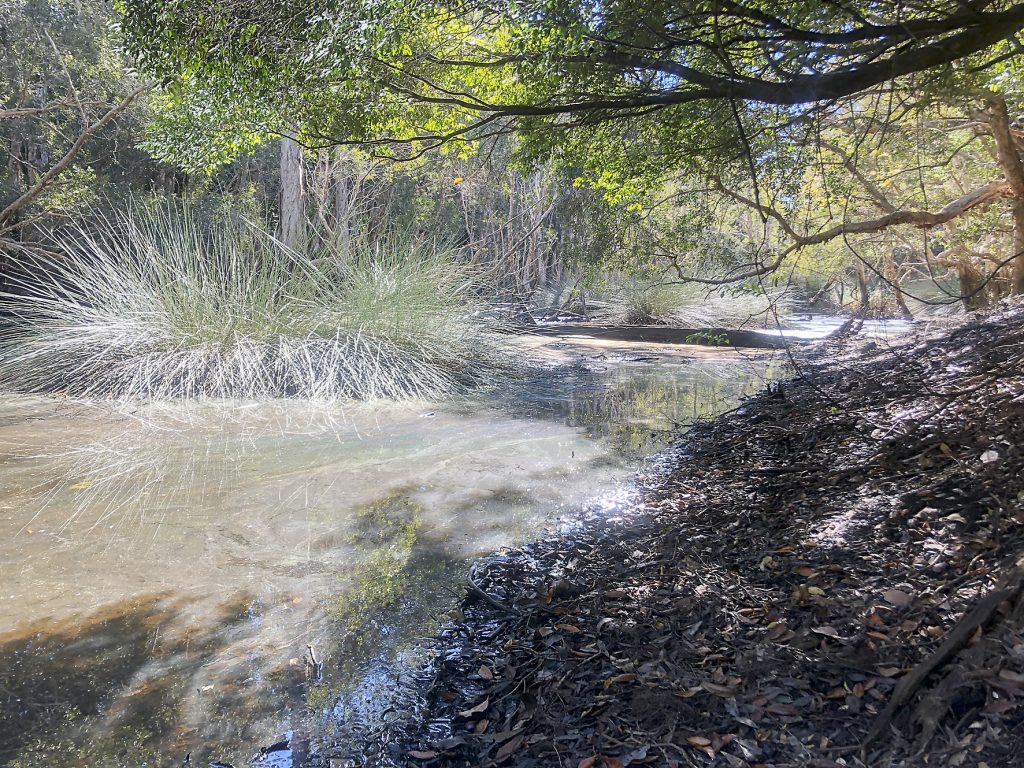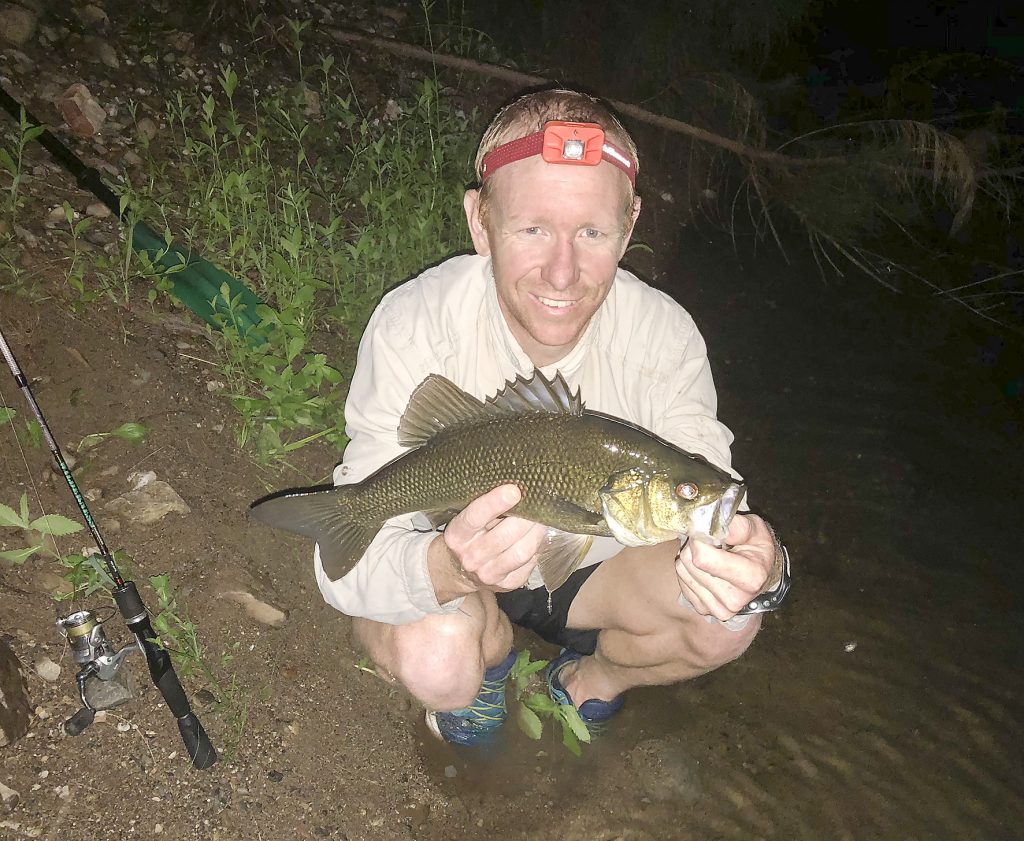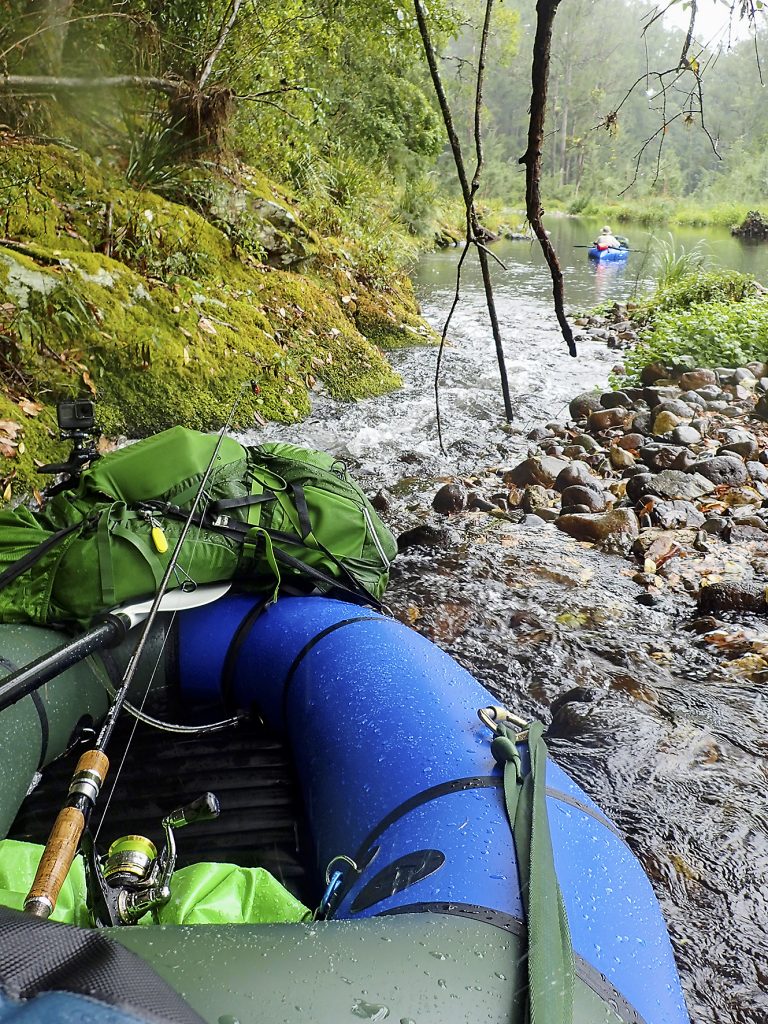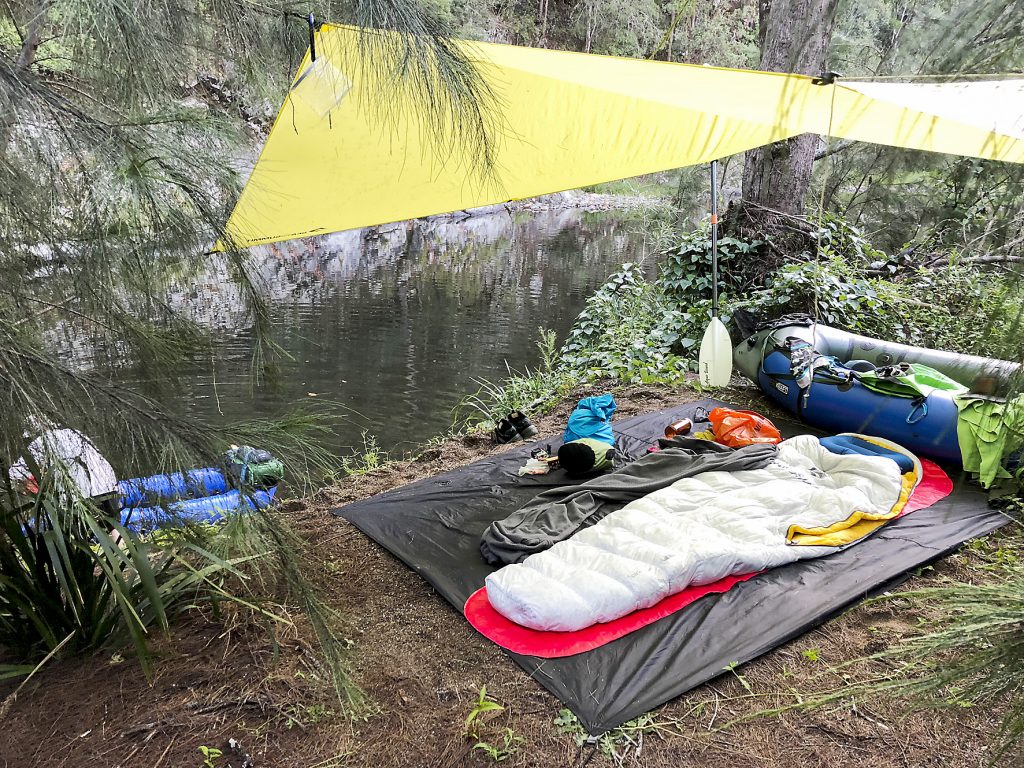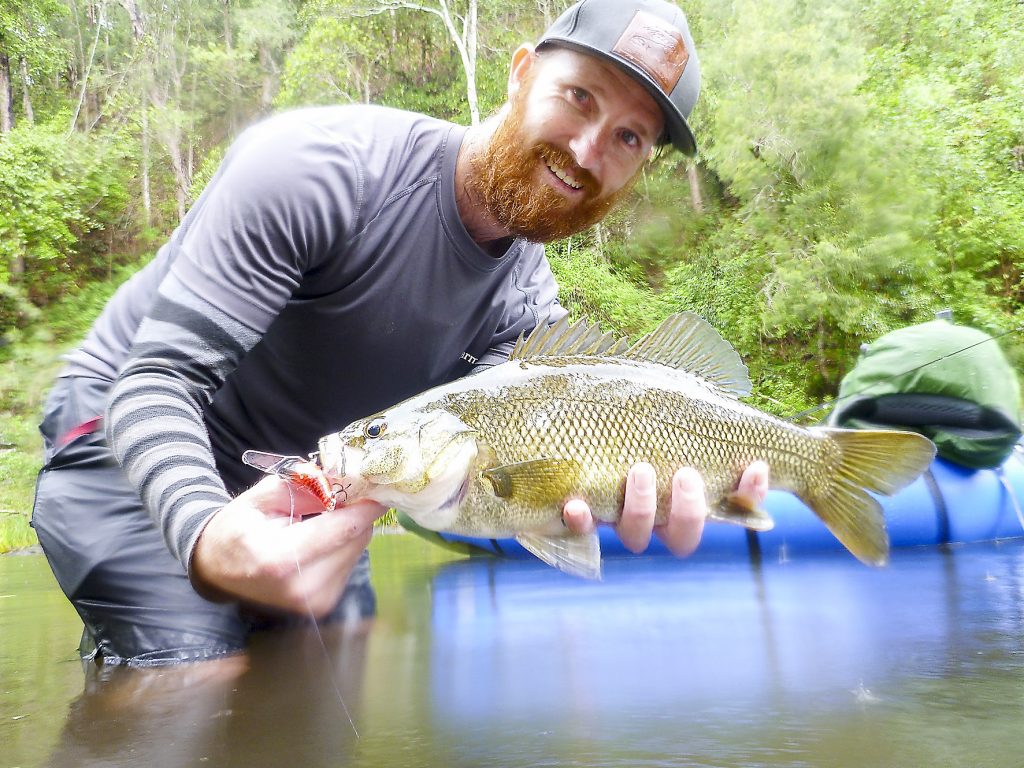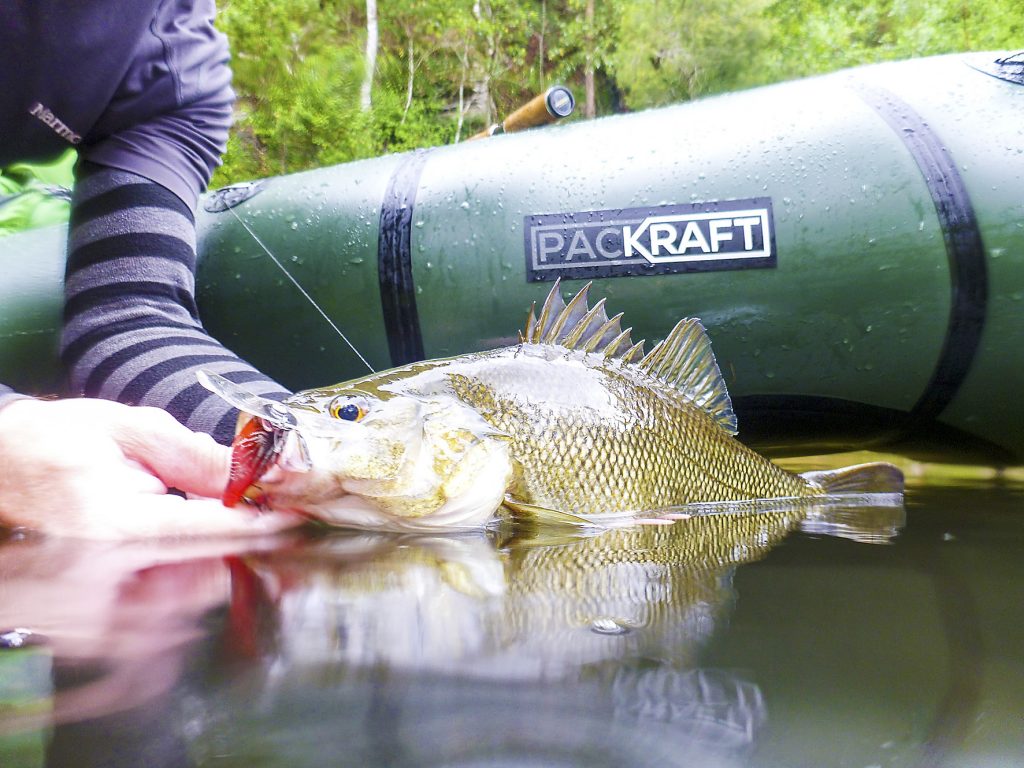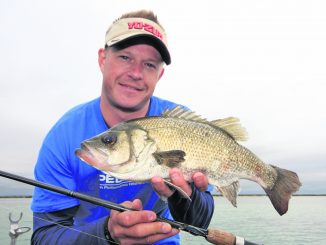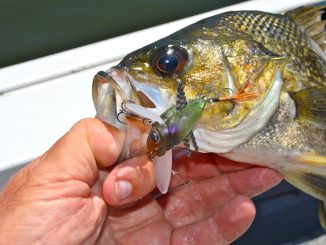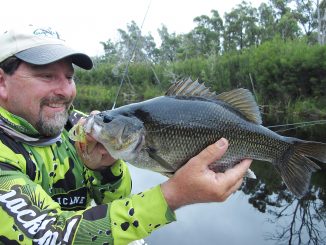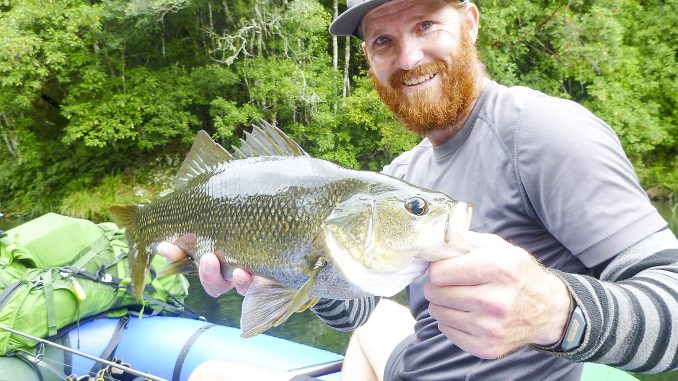
by Stephen Worley •
Many of us have come to realise that most of these sayings like “it’s not about the fishing, it’s the experience that matters,” “the adventure is what it’s all about, any fish are just a bonus,” and even “it’s all about the journey, not about the destination.” But for most anglers, these sayings are… absolute rubbish! For most of us, what we really want is to catch fish. Good fish. The adventure isn’t what it’s all about, although the adventure can be the bonus to a great fishing trip… as long as we still catch fish. Fortunately for the bass angler, a quest for adventure can make it possible to find what we are really after.
As the bass season kicks off for another year, anglers all over the state will set plans for fishing trips to the classic bass waters of NSW. Many of these bass waters are considered ‘wilderness’ fishing locations, but is it really ‘wilderness’ bass fishing when you can park your Toyota Camry next to the river? Don’t get me wrong, there are some great waterways in NSW that fish really well, even under relatively high pressure, but they’ll often be hit and miss and can shut down due to heavy traffic. What many bass anglers are hoping for is to have the river to themselves and maybe find that hole full of Jurassic bass that haven’t had a lure thrown at them in a long time, or maybe ever. Fortunately, if you’re willing to put in just a little more effort than the average angler, there is no shortage of opportunity when it comes to finding more secluded bass water, even for residents of our largest cities.
New ground
Almost every eastern flowing river in NSW and Victoria holds a decent bass population, although virtually every bass river has been fished in some way. Many of these river systems have sections that aren’t crossed by roads, aren’t accessible from downstream by boat, and are surrounded by either private land or forest that restricts access to the river. Consider how many kilometres of bass river are out there that have rarely, if ever, seen a lure run through their waters. An adventure into those new river sections may be a journey in its own right, but coupled with a lack of fishing pressure you have a recipe for not only a great adventure, but also the great fishing that we’re all really chasing.
The Search
What you are looking for are sections of river that are not easy to get into, or are difficult to fish well. You’re working off the principle that, the harder it is to access, the fewer the anglers that will bother. You’re going to be the ones that ‘bother’. If you’re willing to walk, hike, paddle or climb into sections that no one else will, then your reward will be seldom-touched waters and, possibly, willing and plentiful bass.
How do we find the sections that are worth the journey? There are some tools you can use to help you narrow the selection down to the most likely prospects. Google Earth and similar satellite mapping programs have changed the search forever. These maps are amazingly powerful and allow you to look at the landscape in real images. You can use these images to locate river sections that have limited access. Particularly long sections that have no road crossings and are surrounded by native bushland.
Start off by looking at the river systems that you know hold good bass – those popular, classic bass fishing locations. Now search through those systems looking for viable water that may not see an angler often, due to lack of access. You can then use topographic maps to get a better idea of the ‘lay of the land’. You can find ‘relief’ maps online that will show the topography, but you will feel much more like a real explorer when using real life, hard copy topographic maps. Satellite images don’t provide a good representation of the gradient of a river and the surrounding topography, and using topographic maps will help you understand the location more clearly and will sometimes show tracks that aren’t on the digital versions.
Google Earth and Google Maps are the obvious resources people will head to, but there are some other online resources that can be more useful in some locations.
The Plan
Are you walking, riding, paddling or parachuting into the area? Will you be fishing from the bank or from the river? Are you walking in and out the same way, or will you have ‘put in’ and ‘take out’ in different locations?
Firstly, work out how you can get to the water. Find out the nearest access points via car. Are there tracks into the river, or will you be bush bashing it? It’s best to use topographic maps for this part of the planning as they show tracks of varying types and the terrain of the area. On satellite imagery you might find a track that gets you close to the river but you may not be able to tell that there is a 100m near vertical drop into the river from there. A topographical map will enable you to visualise the steepness of the terrain and choose an easier route.
You will also need to consider how the river can be fished. Planning is not just a matter of getting to the river, but about what you need once you get there. If you arrive at your carefully selected waterbody and the bank is overgrown with vegetation, or there are large sections with high canyon walls, you may not be able to fish the section effectively on foot. Alternatively, the river section might be so skinny and shallow that paddling down the river will spook everything along the way. This part is easiest to judge on the satellite imagery maps where you may be able to get a sense of the water itself and the surrounding vegetation.
Next you will want to work out when is the best time to go. The months surrounding the off season (May to September) will be better suited to fishing the lower portions of a catchment, particularly if the river is low and there hasn’t been much flow, as it’s looking for this spring. Most of the ‘wilderness’ sections of our rivers though, are high up in the system so will provide better fishing during the height of the bass season, so late spring until early autumn. You will also need to think about if it will fish better when it’s really dry, or when there’s more flow.
The Inventory
You don’t need to run out and grab a heap of new gear to start doing some more adventurous bass fishing. A decent backpack that’s comfortable for longer hikes would be all that’s required for some ‘bassventures’. As difficulty of access and isolation increases though, some more specialist hiking gear could be called for.
I’ve never been that interested in the ultralight hiking world before, but through these types of trips I have certainly discovered why people in that world are so obsessed with shedding grams from their inventory. The more unneeded gear you can banish from your pack and the lighter you can make your essentials, the further and longer you can go. On a bass trip you will also need to carry fishing gear and maybe a watercraft with you as well. One thing you need to remember is that once you start fishing you’re still going to have whatever gear you brought with you resting firmly on your shoulders. Walking is hard enough with a 25kg backpack, but trying to get around on a river bank and fishing while wearing one is likely to result in wet gear, a wet angler, an injury, or all of the above.
If you’re doing any overnight trips then a quality lightweight sleeping bag, bed mat and shelter will make your pack much more manageable and enable you to fit more fishing gear in. There’s two ways to go ultralight: go without comfort, or go without cash. You might pay two or three times more for ultralight gear that will still be warm and comfortable, but you will use them ten times more. You don’t want to be cursing your $100 sleeping bag for it’s excessive kilograms while climbing some unpopulated volcanic ridge halfway to Jurassic land.
The gear that matters
The hiking and camping gear is all just to get you and your fishing gear to your chosen location. So your fishing gear is what the whole trip is about. Even so, you will want to stick to the same ultralight hiking principle: only bring what you absolutely need. I’m one of those fishers that always throws those extra lure boxes and bits and pieces into my fishing bag ‘just in case’, then I tie on the same lure I use every time and never change once.
When hiking into your fishing spot, the ‘just in case’ philosophy just doesn’t cut it. You want to cover all your bases, with topwater baits, diving baits and sinking baits. You know yourself which are the lures you will want to use. Take your top two in each of those categories and maybe a spare of your number one. They will be your confidence lures – there’s no use taking any others.
Don’t take a whole spool of leader. Cut a few leader lengths off and take them in a zip lock bag. Take only one rod and reel. A light multi-piece travel rod makes it easier, but you can carry your rod in your hand if it doesn’t fit in your pack.
Minimise accessories. There’s no need for nets, lip grips or brag mats. If you really have to get that 50cm+ bass onto Instagram with proof, maybe you could think about one of those fish ruler tattoos on your forearm?
Into the real stuff
Although most of the words in this article are dedicated to the ‘getting there’, as we agreed earlier, the fishing is what it’s all about. So you’ve finally arrived at your chosen piece of water. You get your first glimpse of the water and one of two things will happen.
The first scenario is that a section of river has just moved from the ‘maybe’ list and firmly onto the ‘nup’ list, and sometimes it just happens. That adventure into the unknown is just to discover that making the effort just isn’t worth it in this case. In that way you can tell yourself that the trip was actually really a successful one, as it crossed that section off the ‘maybe’ list.
The second scenario, is that it’s still in the ‘maybe’ pile, so you see how it fishes. It’s time to get set up and get some lures in the water. For most, fishing on foot from the bank is going to be the only option. If you’re completing a full section, getting in and out in different locations, then plan to fish while you work your way upstream. If using the same access point, you’ll need to choose a direction or do both. Fish the water you can access from the right direction. There’s no use fishing a quality bank that’s right at your feet when you can fish it from the other side and have a better angle of attack.
In the skinny and clear running creeks that you’ll often encounter, you may need to utilise a bit more finesse than you would normally for bass. Light leader and lower profile lures with slow and subtle retrieves can avoid spooking cautious bass that aren’t used to anglers traipsing around their crystal pools.
In deeper water, especially in heavily-forested areas, I often find that I can go for a more rowdy technique and fish for the ‘keen’ fish that maybe haven’t seen that many lures, and don’t want to let that possible tasty morsel go past their lair without seizing the opportunity. Wherever I can in these types of rivers I fish with a surface crawler and fish reasonably fast, just looking for bigger, keener fish.
For some rivers, the only way to fish them effectively is from on the water. This is where packrafts can open up a whole lot of water that is effectively unfishable in any other craft. A packraft is a light and compact, inflatable, personal raft. Usually weighing only a few kilograms and easily fitting on top of a hiking pack, a packraft enables someone to carry a watercraft into unchartered waters with minimal effort and providing a great platform for landing those mega bass.
Into the wild
Just going to your local ‘hot spot’ for a fishing trip is boring. On average you will catch, but everyone’s been there and done that. It’s not likely to be epic, but it probably won’t be rubbish either. Getting out on a ‘bassventure’ turns the whole trip into a discovery mission. There’s more risk of turning a ‘donut’, or even a ‘didn’t even fish’, but there’s also the opportunity for an epic story of pool after pool of willing fish and no other anglers for days. Besides, if you do strike out on a big fat zero, you can always tell yourself “it’s the experience that really matters”, or “It’s all about the journey, not the destination.” After all, “the fishing is just a bonus!”

